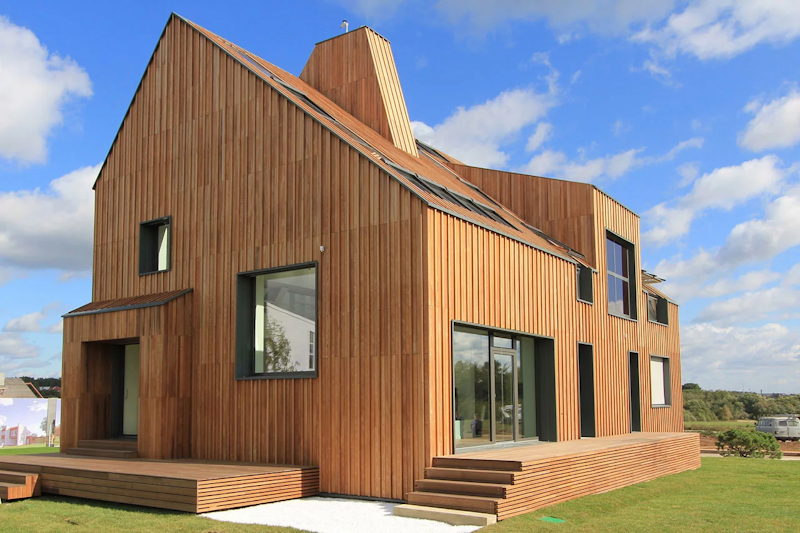The advantages of wooden houses
The technology used for manufacturing wooden houses suggests the use of natural materials, forcing many technicians to live closer to nature, which will significantly extend their life expectancy. In addition, wooden houses also have other advantages.
The main advantages of wooden constructions
A sustainable material
More modern constructions are made of quality wood and durable materials, so such a house can serve as shelter for many generations. By its nature and properties, wood creates a feeling of warmth and good humor in the room. With the natural functionality of a tree, wood plays the role of humidity regulator, offering the house a certain resistance and great impermeability.
Weight and cost
Wooden houses are lighter, which also reduces the cost of the foundation and allows the installation of construction in areas with groundwater. This also gives greater stability to the structures, in the face of possible geological problems. Building wooden houses is 5 to 10 times faster than the time required to build a house with other heavier and more expensive materials.
Wood frame buildings are much lighter, leading to lower cost substrates and making them more earthquake resistant. They are very well insulated, which represents considerable energy savings for heating in winter and acclimatization in summer.
Speed of implementation
In this type of construction, it is not necessary to wait 3-12 months for the plaster inside the premises to dry, as in monolithic houses. Heating costs are lower due to the insulating nature of wooden walls. It is estimated that a wall of a wooden house with a thickness of 10 cm corresponds to a brick wall of 30 cm.
Albert Einstein said that people like to cut down trees because they would get an immediate result. And this theory still applies today, because in general, everyone likes quick and inexpensive results, and that is exactly what wood can provide.
Some manufacturers claim to be able to build a house with a wooden structure in just one week. Speed conferred by the ease of handling wood.
Compared to brick, stone or concrete, wood construction saves time, which in itself results in labor savings. The ease of construction allows assembly to be carried out in difficult weather conditions, such as heavy rain, snow and ice, where the wooden construction can continue unhindered. It has also been said by many architects that plans for wooden structures are easier to follow than brick or concrete.
Timber frame homes allow for easy modifications during and after the construction process, thanks to their ease, versatility and cost-effectiveness that make them such a popular and inexpensive choice. Concrete insulated homes can be expensive, tedious and time-consuming to modify after construction.
A captivating manufacturing process
In the design of wooden houses using modern construction solutions, production and habitation are environmentally friendly.
Most of the production work is done in the workshop, which minimizes, or eliminates, excess materials, thus reducing waste. Some workshops even have a system for recycling materials with a view to their repurposing.
